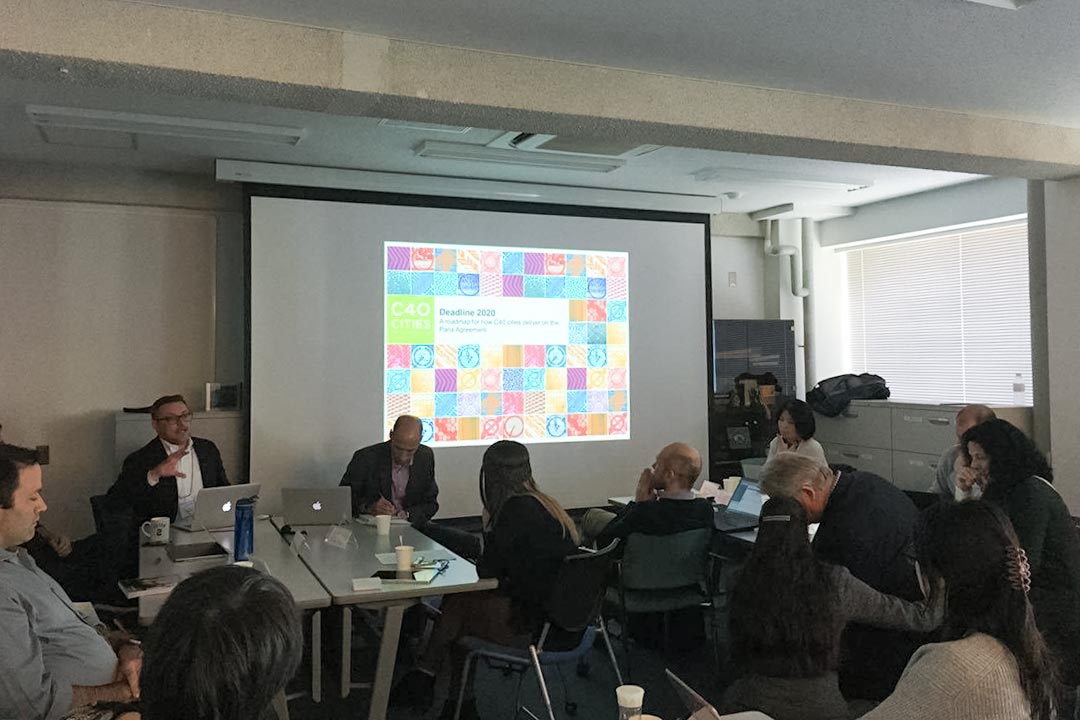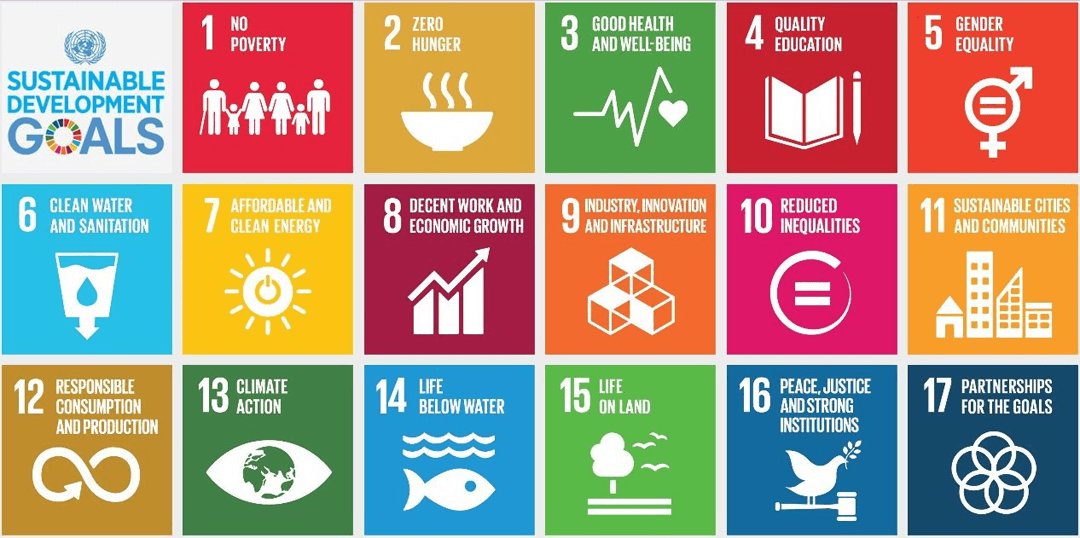2017年5月号 [Vol.28 No.2] 通巻第317号 201705_317003-en
The activities of the Global Carbon Project-Tsukuba International Office Marrying bottom-up and top-down approaches to measuring GHG emissions in cities
Our world continues to urbanize and cities are increasingly recognized as part of the solution to climate change challenges. Over the past two years, GCP-Tsukuba International Office has been engaged in collaborations with a broad range of research partners to develop strategies for designing an integrated framework of bottom-up and top-down approaches to measuring GHG emissions in cities. Given the duality of a rapidly urbanizing world and the need to have a transformation of existing urban areas, it is critical that real time processes be established to effectively measure the impacts of the changes in urban form as they evolve over the next decade. These processes should further clarify the urbanization wedge in global GHG emissions scenarios and also provide a better understanding of the implications of different urban planning/design scenarios for management of urban GHG emissions.
There are two primary ways with which GHG emissions in cities are measured, top down and bottom up approaches. These are very different processes and occur at different resolutions. Consistent, systemic approach needs to be applied in order to harmonize these efforts.
Given the urgency of measuring GHG emissions in cities, there are multiple efforts underway globally from different sectors working on the challenge of harmonizing top-down and bottom-up approaches. The problem is that they lack coordination. NGOs, academia, private sector and public sector need a forum with which to discuss and collaborate on this emerging field of work. It is critical that these various groups work together in order to help inform and educate various stakeholder, specially policy makers and citizens.
In collaboration with other partners such as The World Urban Database and Access Portal Tools (WUDAPT) initiative and C40 Cities, GCP-Tsukuba International Office aims at creating a platform for bringing together a diverse group of scholars and practitioners to collaborate on mechanisms for integrating top-down and bottom-up approaches for measuring urban GHG emissions. In addition, this group intends to discuss strategies for networking and collaboration between cities and also integrating emission data to socio-economic data.
This activity will build on the ongoing GCP-WUDAPT project on city-level data mapping. The GCP-WUDAPT projects intends to provide a better characterization and mapping of urban systems and human settlements. In addition it aims to deliver a significant crosscutting co-designed global product that maps cities around the world and can be used as a platform from which a variety of research activities can be developed. Other activities of the latter include city-scale climate simulations, development of carbon budgets for individual cities and information exchanges for planners and citizens for implementing more sustainable development paths.
Marrying the bottom-up and top-down approaches would be a completely new approach that provides further granularities. The project’s ambition is to build a global database of human settlements at building, neighborhood, and city scales, and as part of the mapping project connect global scale research to local communities and provide opportunities for local researchers/individuals to contribute to global level science. The group aims to provide knowledge to cities and local authorities to clarify the role that they can play in achieving climate stabilization targets. Clarifying urban representation in global scale efforts can be effective for mobilizing actions across regional and national scales. Also, results of the bottom-up approaches can be used to better understand the real challenges that need to be faced at the local level and strategies that should be taken to achieve low-carbon and prosperous cities.
Through this collaboration we expect to develop a consistent method (approach) for measuring city emissions that enables rapid, timely, and regular urban emissions reporting, integration of bottom-up and top-down approaches, integration of emission data with physical and socio-economic data, etc.
The group aims to focus on mechanisms and strategies that can help cities create networks in adopting and implementing integrated plans and policies towards quality of life enhancement, urban resilience improvement, and mitigation and adaptation to climate change. The strategies that will be developed as part of this activity would also be useful for facilitating transformation towards sustainable and resilient societies. Also, Outcomes of this activity can contribute to achievement of Sustainable Development Goal (SDG) 11 by providing ideas for enhancing capacity for integrated and participatory planning in major cities across the world. The activities and products will also have implications for SDG 7 “Affordable and Clean Energy” and SDG 12 “Responsible Consumption and Production”.
Over the long term, it is hoped that a database on city GHG emissions be integrated into the Global Carbon Atlas, which is “a platform to explore and visualize the most up-to-date data (at the country level) on carbon fluxes resulting from human activities and natural processes”.
GCP believes that this activity can also provide the Future Earth Knowledge Action Networks (KANs) with the consistent framework around which it is possible to actively engage individuals, researchers, businesses and communities from anywhere on earth to contribute to a global-scale research activity, and to receive in return information to help effectively transform their communities towards increased sustainability and resilience in a fast changing Earth system. Mainstreaming this activity will be in direct alignment with the mandate of the Future Earth initiative, which is co-design, co-production, and co-implementation of knowledge. The initial plans have already been consulted with the Future Earth Urban KAN and we are also in the process of establishing links to the Decarbonization and Finance and Economics KANs. An introductory workshop related to this activity was organized back to back with the 2016 Future Earth committees meeting in Switzerland. We are also planning to organize a follow-up workshop during the International Conference on Sustainability Sciences Conference (ICSS) that is going to be held from August 24–26, 2017 in Stockholm, Sweden.

The ideas about integrating top-down and bottom-up approaches were discussed during the Urban KAN scoping meeting at the University of Tokyo (12–14 Feb. 2017).
For more information about GCP activities, please visit: http://www.cger.nies.go.jp/gcp/




